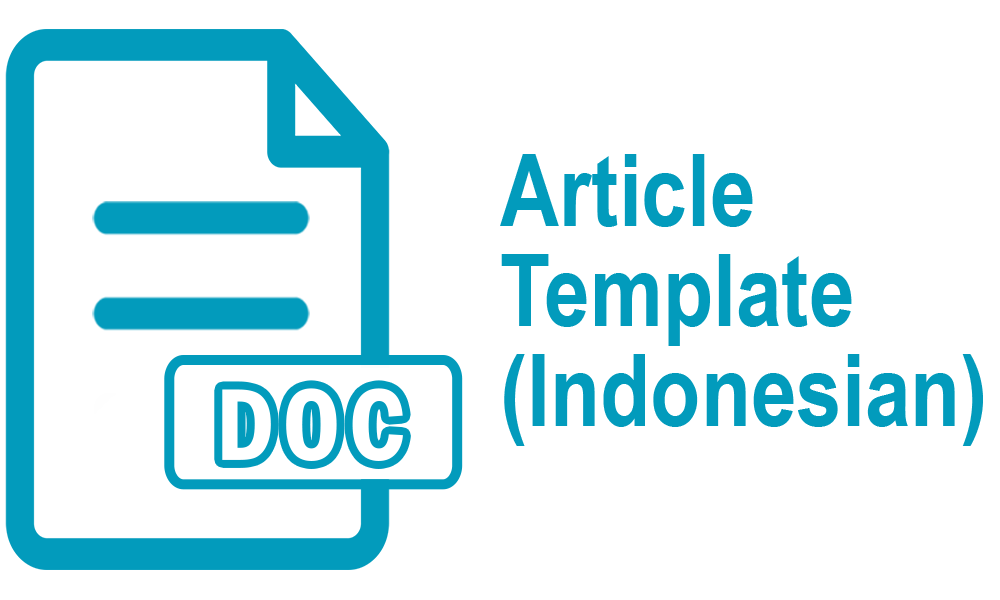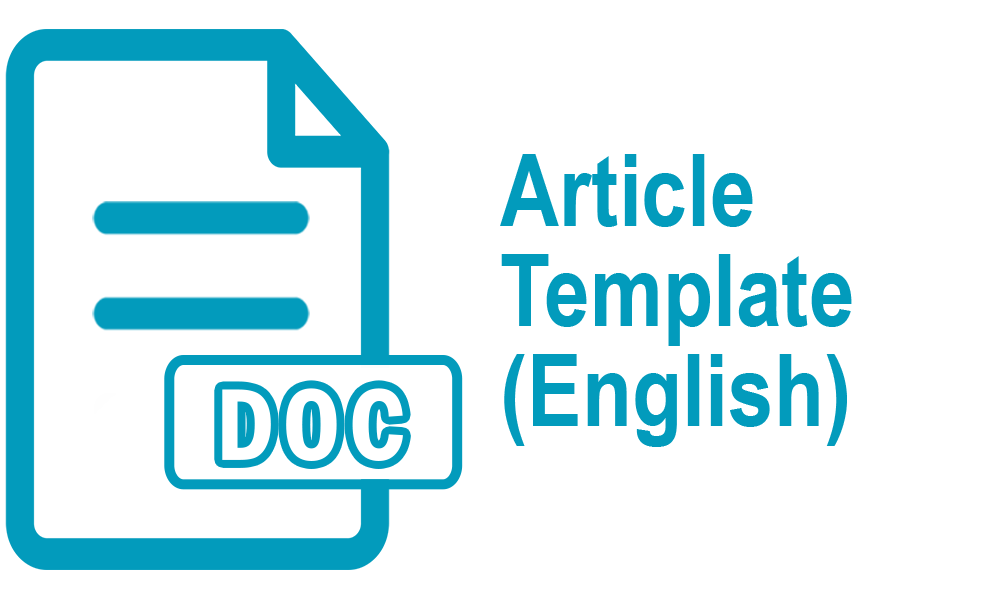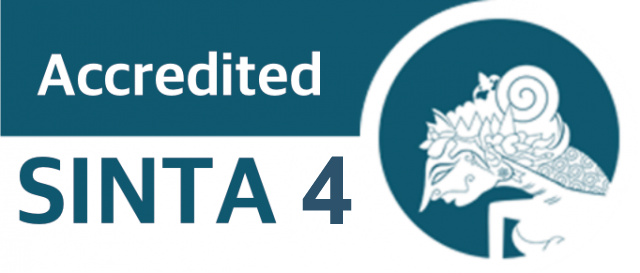The Depiction of Liberal Feminism through the Main Character in the Novel Yellow Wife by Sadeqa Johnson
Abstract
Full Text:
PDFReferences
Barker, Chris. Cultural studies: Theory and Practice. London: Sage, 2003.
Bressler, Charles E. An Introduction to Theory and Practice. 5th ed., New York: Prentice-Hall, Inc, 1999.
Fahmi, Nuraisha. “An Analysis of Liberal Feminism Through Main Character Roles of Aung Suu Kyi In The Lady Film”. State Islamic University, 2015.
Gill, Richard. Mastering english literature. Bloomsbury Publishing, 2006.
Gray, Ellen. “Philly-Raised Author Sadeqa Johnson Talks About ‘Yellow Wife,’ Her Haunting Novel About Slavery”. The Philadelphia Inquirer, 15 Jan. 2021, https://www.inquirer.com/arts/yellow-wife-novel-sadeqa-johnson-philadelphia-interview-20210115.html.
Johnson, Sadeqa. Yellow Wife: A Novel. Simon & Schuster, 2021.
Laurenson, Diana, and Alan Swingewood. The sociology of literature. Paladin, 1972.
Miles, Matthew B., and A. Michael Huberman. Qualitative data analysis: An expanded sourcebook. Sage, 1994.
Nareswari, Laudita Kanana R. “Liberal Feminism Seen Through The Main Female Character In Educating Rita Movie”. Sanata Dharma University, 2019.
Ramadani, Olivia Putri C. “The Representation of Liberal Feminism in Elmer Boyd Smith’s The Story of Pocahontas and Captain John Smith”. Jember University, 2020.
Richardson, Diane and Victoria Robinson, eds. Introducing Women's Studies: Feminist Theory and Practice. Macmillan International Higher Education, 1993.
Rimmon-Kenan, Shlomith. Narrative fiction: Contemporary poetics. Routledge, 2003.
Sanger, Margaret. Woman and the New Race. Global Grey, 2018.
Taylor, Richard. Understanding the Elements of Literature. University of California: Macmillan, 1981.
Tong, Rosemarie. Feminist Thought: A More Comprehensive Introduction”. University of North Carolina. 3rd ed., University of North California: Westview Press, 2009.
Tracy, Sarah J. Qualitative Research Methods: Collecting Evidence, Crafting Analysis, Communicating Impact. UK: Wiley-Blackwell, 2013.
Watt, Ian. The Rise of the Novel. University of California Press, 1959.
Wellek, Rene, and Austin Warren. Theory of literature. New York: Harcourt, Brace & World, 1949.
DOI: http://dx.doi.org/10.30872/jbssb.v8i4.14400
Refbacks
- There are currently no refbacks.
Copyright (c) 2024 Riska Efanda, Mardliya Pratiwi Zamruddin
Editorial address:
Fakultas Ilmu Budaya, Universitas Mulawarman
Jl. Ki Hajar Dewantara, Gunung Kelua, Kec. Samarinda Ulu, Kota Samarinda, Kalimantan Timur, Indonesia 75123
Email: jurnalilmubudaya.fibunmul@gmail.com
Website: http://e-journals.unmul.ac.id/index.php/JBSSB
Ilmu Budaya: Jurnal Bahasa, Sastra, Seni, dan Budaya is licensed under a Creative Commons Attribution-ShareAlike 4.0 International License






